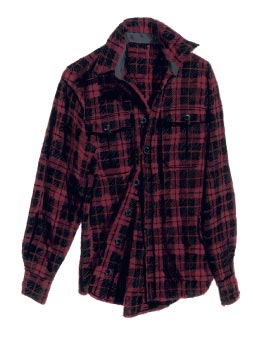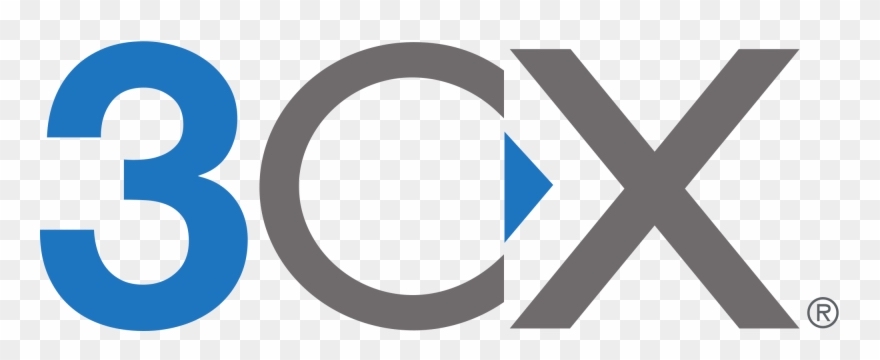As your business grows, you will develop a corporate image and even a voice. But with competitors spread across the globe who occupy the same market space as yourself, how do you go about creating a unique identity that engages customers, creates a strong brand image and ultimately results in sales? You could consider extreme copywriting.
But traditional web copy works
In an attempt to capture as much of the market as possible, many companies adopt a softly-softly approach to copywriting resulting in fairly bland web content. This technique works for many companies who have established significant profits off the  back of these risk-free websites. Take Amazon for instance (as the world’s largest online retailer they should know a thing or two about product descriptions) whose own copy is functional and restrained.
back of these risk-free websites. Take Amazon for instance (as the world’s largest online retailer they should know a thing or two about product descriptions) whose own copy is functional and restrained.
However a quick check on the customer reviews (some clearly fictitious) at the bottom of many of Amazon’s products reveals many hilarious, alternative descriptions of the item on offer. The Bic for Her product is one example of where Amazon’s customer base has excelled in writing humorous alternatives to the official copy, providing an alternative narrative for others browsing the store.
Web users might be looking for something different
Although some may regard these reviews as plain old internet trolling, it does reveal a desire among many web users for an alternative to traditional website copy. People want to read something amusing. And in all honesty, many of these reviews are actually better than the original product description anyway.
For Amazon, it would be completely inappropriate to completely change their approach to website text because it would go against the corporate image which they have cultivated over the years. For an upstart start-up however, the extreme copywriting approach may be exactly what is required to help establish a voice in a crowded marketplace.
Give me an example of extreme copywriting
So what does extreme copywriting look like? Consider the following product description for the Rebel Plaid Shirt from J. Peterson:
Sophisticated Rebel.
Just outside Carcassonne, in southern France, I’m sitting on a teak bench in the gardens of Château de Villeréglan. 
Dusk is settling in, cool October winds blowing in from the Mediterranean.
I’m about to get up when in rides a middle-aged man on a white Camargue horse (14.5 hands), no saddle.
He’s wearing this black and red plaid shirt, jeans, barefoot, holding two bottles of red wine in a way that I could tell was from his own vineyard.
He casually dismounts, tying off his horse on a nearby olive tree.
“Henri,” I mumble. “You do make an entrance.”
“Sorry I’m late,” he winks, handing me a bottle.
Rebel Plaid Shirt (No. 3721). Made with a soft, pure virgin wool woven in an English mill established in the late 19th century. It’s a non-itchy fabric lined with pure cotton on collar and cuffs. Corozo buttons. Topstitching abounds. Button flap chest pockets. Made in Portugal.
The difference between the J. Peterson extreme copywriting approach and Amazon’s is startling. In fact J. Peterson is selling an experience rather than a product. Everything you need to know about the product is contained in the product picture and the final paragraph, so why not use the rest of the web copy to tell a story? People like stories after all.
Is this kind of copywriting really extreme? Actually, no. All J. Peterman has done is to return to one of the oldest rules of copywriting which seems to have been forgotten in recent years; don’t tell people about the product, tell them what it can do for them.
It’s simple, striking and effective. And it’s not really extreme copywriting, more creative copywriting. Which just seems extreme in a world of bland and inoffensive corporate websites!
Need a hand creating some extreme copy? Drop us a line and see how Tech Write can reinvigorate your website.








































